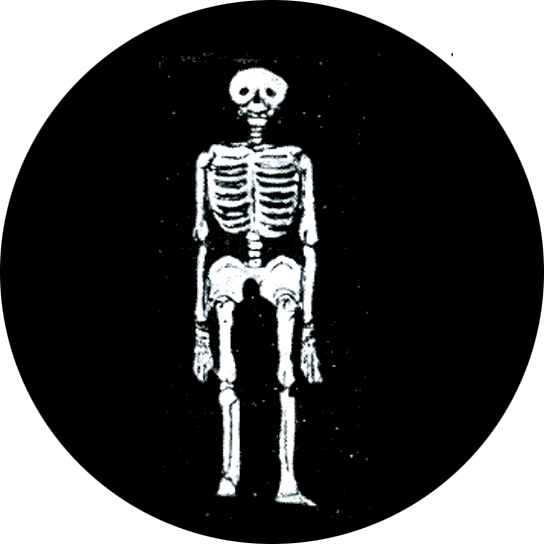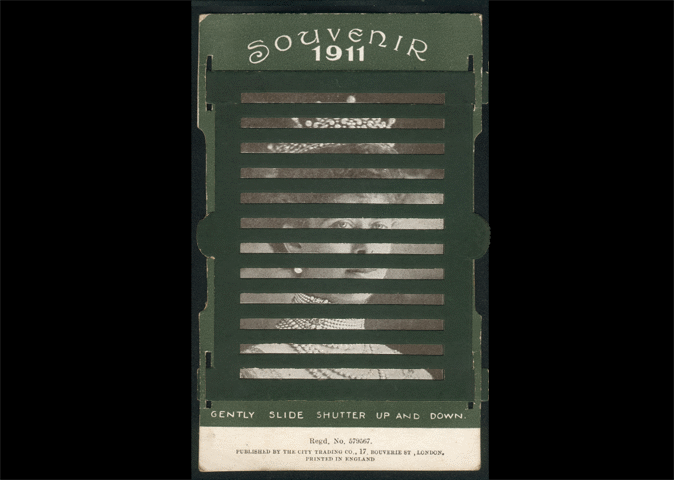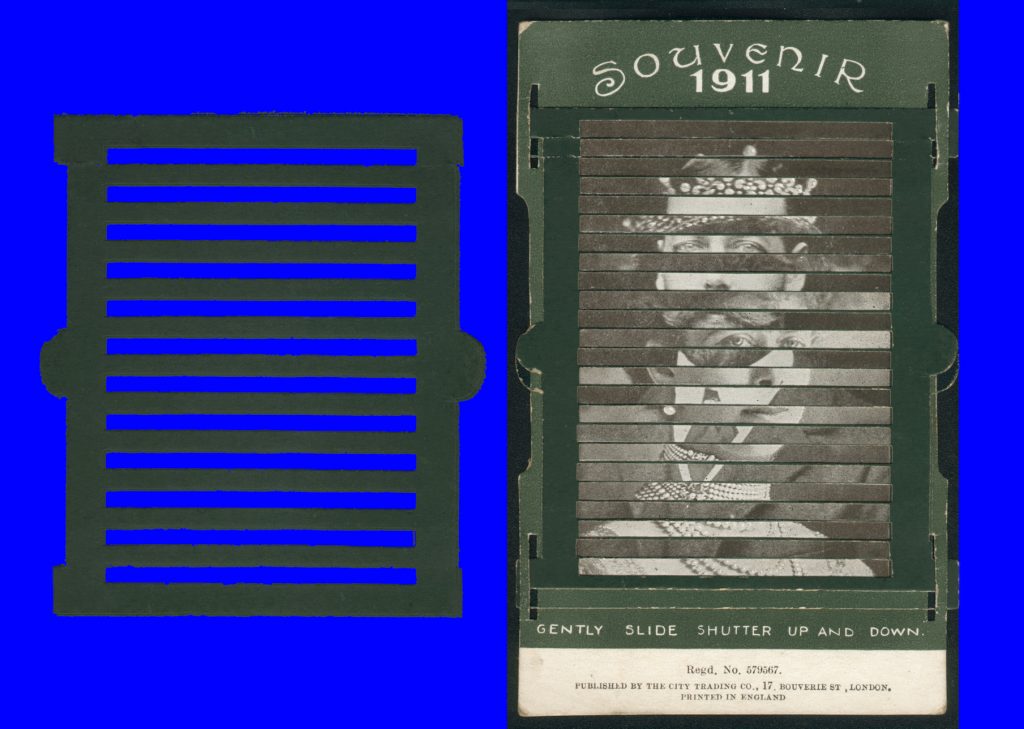When a series of similar, yet progressively different still images are presented to the eye in rapid succession, we perceive the illusion of motion. That is how video and movies work. It is also how traditional and non-traditional animation toys and devices work, and I and others keep trying to come up with new ways to make it happen. This usually involves figuring out quick ways to substitute one image for the next. There seem to be three basic ways to do this: strobing, dissolving and wiping.
STROBING. In strobing, each successive image is briefly held motionless before the eye before it is interrupted by a fleeting period of darkness. The darkness conceals the moment when one image is swapped for the next. Without it, the image-swapping would appear as a distracting blur and the animation effect would be compromised. Early examples are Joseph Plateau’s Phenakistoscope (1832) and William George Horner’s Zoetrope (1834). The viewing slits in them are so narrow that when they sweep by the opposing images, each image momentarily “freezes” like a statue. The black spaces block everything else from view so you see a series of successive, clear images; and, mysteriously, your brain works its magic to turn this visual cascade into motion.
Similarly, to create animation for the Magic Lantern (the earliest projector), a long glass slide bearing evenly-spaced pictures was mechanically advanced in increments. A black, rotating shutter concealed the moment of each advance:
Here is a simulation of how the projected moving image might have appeared on the wall:

This led to the Geneva movement/shutter system used by the Lumiere Brothers (1895) to invent the motion picture camera and projector.
Shutters are not always necessary to create strobe animation. One can instead go into a dark room and use rhythmic bursts of light trained upon a rapidly rotating wheel of subjects. I have invented two toys like this in collaboration with others: the Strobotop and, more recently, Gifeez. On a grander scale, Brooklyn sculptor Gregory Barsamian has created spectacular room-sized versions, as for instance the Die Falle.
DISSOLVING. In this method, no blackout is required between images. Instead, the first image is caused to fade away as the next fades into view. In this early 1900s novelty card, the user manually slid a black-striped overlay up and down to change the King into the Queen:

Let’s tear this priceless antique apart. Secret revealed: the image beneath the black-striped overlay has been broken into orchestrated, staggered or interlaced strips.

Interlaced image strips feature big in dissolving animation devices. For example, contemporary French artist Pascal Parmentier created these two-phase animated postcards with a stripe-printed acetate overlay:
One can create even more complex, fluid animations by interlacing multiple drawings. An example is my book GALLOP!, which works like this:
I applied a similar technique to an animated lamp, the Scanimation® Lamp. In another application, which I call a CineSpinner, no sliding is necessary: the striped overlay is positioned a fraction of an inch away from the image layer and the assembly is rotated to animate.
By eliminating the black stripes and replacing them with a clear, flat plate of cylindrical lenses—conventionally referred to as a lenticular plate— a brighter animated image may be achieved. In this patent-pending version, I slide one layer beneath the other to make it animate:
And, in this 80” long LIFETILES frieze I installed at the Copernicus Science Center in Warsaw, the observer can simply walk by to make the images move:
There are myriad other ways to do dissolve animations, as for instance in this wacky 3-phase dry-erase animator I came up with:
Other examples are two experimental animation disks I co-produced, one being a refractive foil animated hologram, the other a multichannel photographic animated hologram.
WIPING. In wiping, an image succeeds its predecessor by appearing to roll, slide or flip down over it. My friend Tim Rowett, toy collector extraordinaire, gave me this exquisite sample of a Victorian paper engineering wipe transformation:
A simple two-phase wipe animation can also be done by superimposing a red drawing over a blue one and looking through a red/blue filter combination like this one designed by UK paper engineer Mark Hiner:
But who needs filters? You can do this:
Or you can just flip two pages back and forth. Traditionally animated flipbooks, such for instance as those made by Mark Weissberg, work the same way. There have been many variations on the flipbook, starting with the 1800s Mutoscope up to today’s Wendy Marvel and Mark Rosen’s FlipBooKit.
My personal favorite wiping animation toy is the mirrored Praxinoscope, invented by Emile Reynaud in 1877. This optical marvel delivers astonishingly clear, bright animations. When it is rotated, the reflected images, which appear to hover in the virtual center of the device, wipe cleanly from one to the next. I contributed to the art with both an all-paper one and a posable-figure version.
Inspired to come up with your own animated inventions? Go for it! You might even come up with something less easily categorized, like Joe Freedman’s 2-Foto animator or the two gadgets I recently co-developed with some clever engineers: a Frozen II fan toy and a 3D Led animation toy. It is the perfect time to stay inside, stay safe and experiment!
Rufus Butler Seder is the artist/inventor behind the popular line of Scanimation® children’s books in which the images appear to move realistically when the page is turned. He is also the creator of LIFETILES installations found in museums and public places around the world—optical glass-tiled murals that appear to come to life when the observer walks by. An erstwhile award-winning independent filmmaker and film instructor, he was trained at the American Film Institute and the Boston School of the Museum of Fine Arts. Born in Manhattan in 1953, today Rufus lives with his wife Penny Sander in Arlington, MA, USA.

Re the Lumiere Brothers using ‘the Geneva system’ for their intermittent mechanism. Actually, they used a sewing-machine pull-down mechanism, not the Geneva ‘star wheel’ device used by other pioneers, such as Robert Paul in Britain. It was this that became standard, while no-one copied the Lumieres’ early solution.